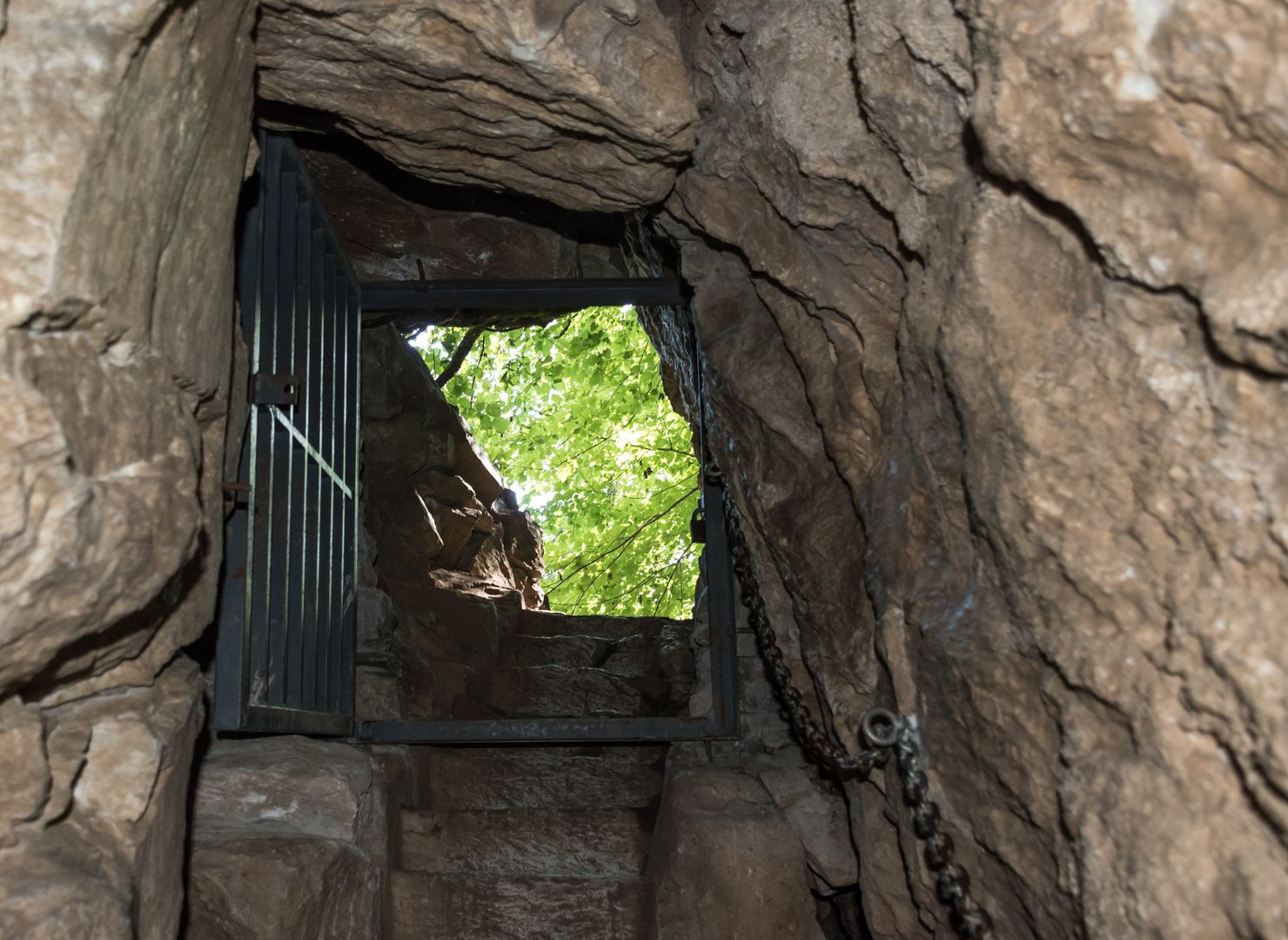Radochów Cave
7.33

Overview
Radochowska Cave, also known as Kunzendorfer Höhle, is one of the largest and best-explored caves in the Sudetes Mountains. It is located at the foot of Mount Bzowiec in the Valley of the Jaskiniec Stream, near the village of Radochów. Its formation dates back to the Pliocene epoch, when water-soluble marbles were carved into a complex system of passages by the erosive action of water. The cave is characterized by a variety of corridors and chambers, including the striking Gothic Chamber with its karst lake. Natural highlights include unique speleothems such as stalactites and stalagmites, as well as diverse fauna, including bats and rare organisms, making it a site of significant ecological importance. Prehistoric animal bones, such as those of the cave bear and woolly rhinoceros, have been discovered inside. The cave was first discovered in the 18th century and quickly gained popularity among tourists, which led to its degradation. During the interwar period, it was regularly maintained, and in the 1930s, studies of its sediment provided valuable insights into its history and biodiversity. Today, Radochowska Cave is open to visitors from May to September, attracting tourists from the region and offering various activities related to the exploration of karst formations. The cave and its surroundings are protected as a natural monument of inanimate nature, preserving their unique natural and cultural values.
Location
2025 Wizytor | All Rights Reserved